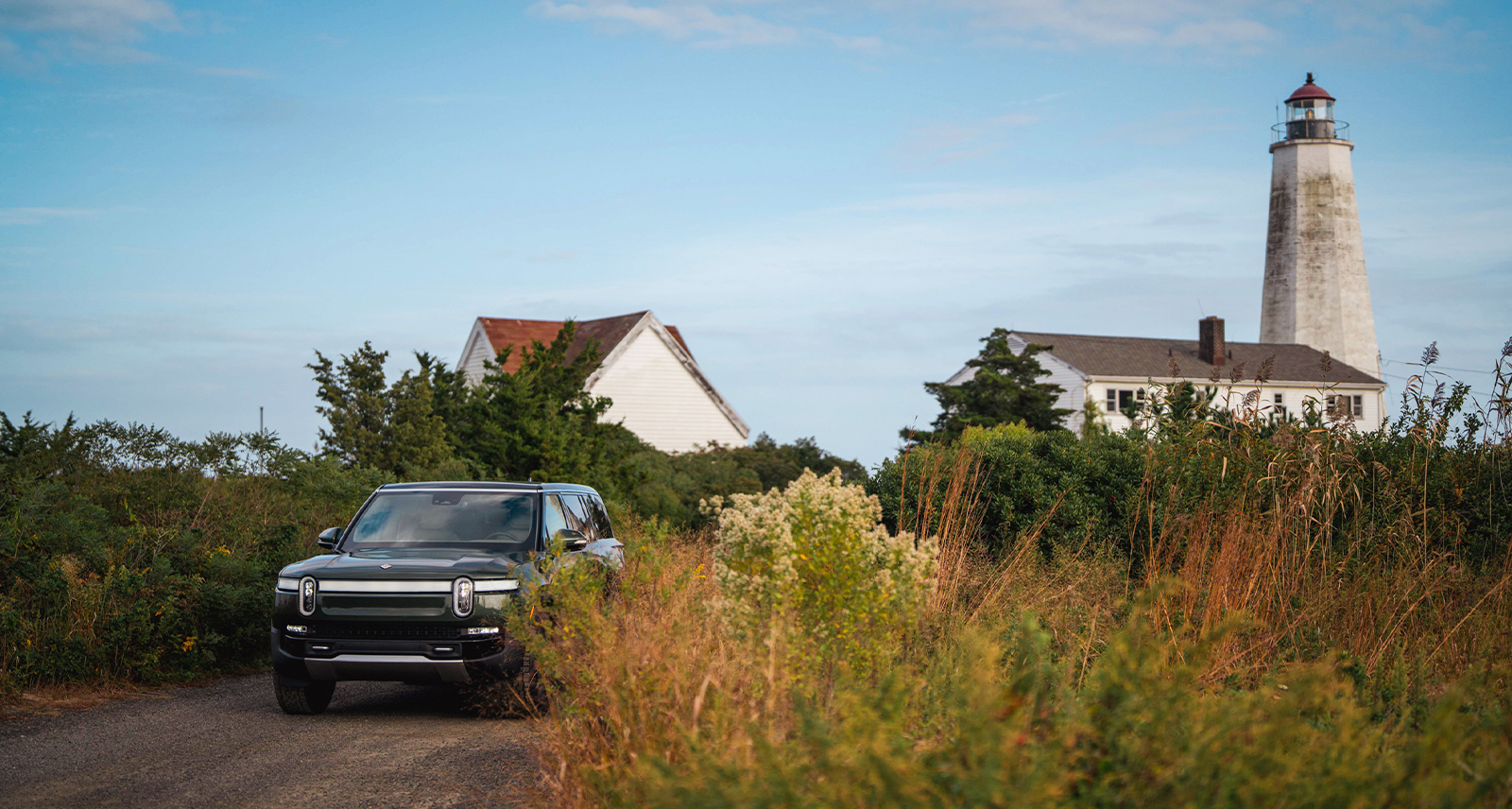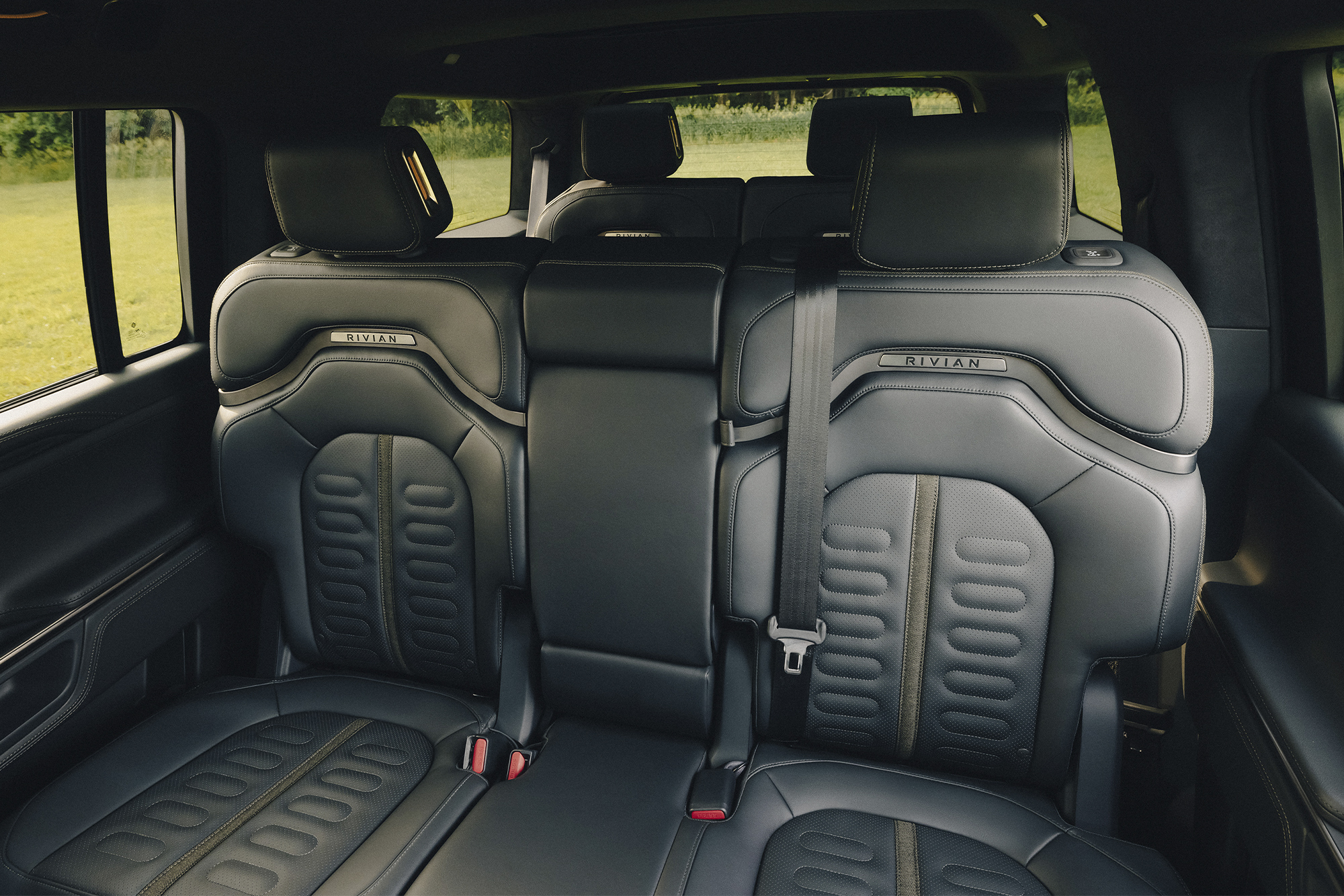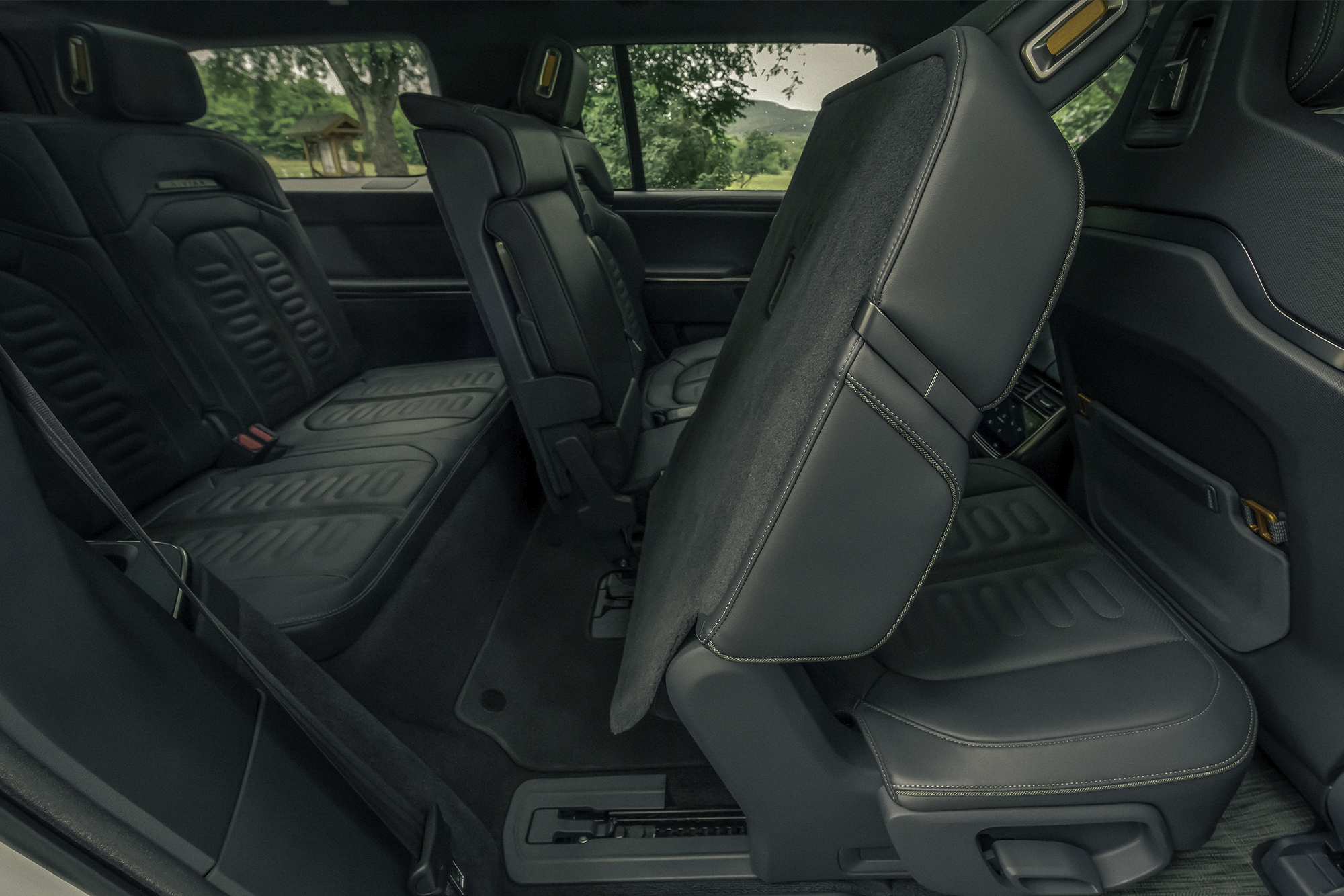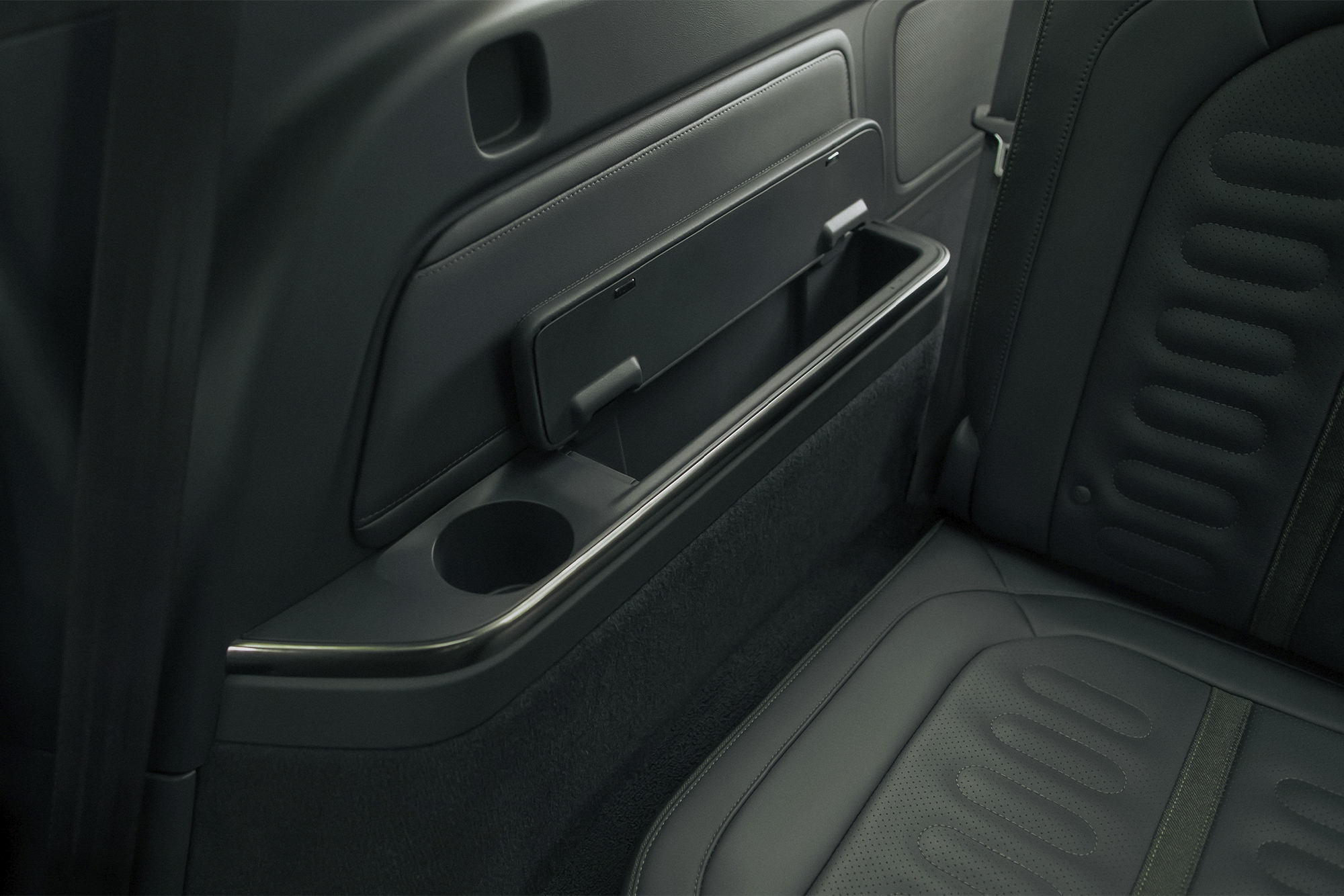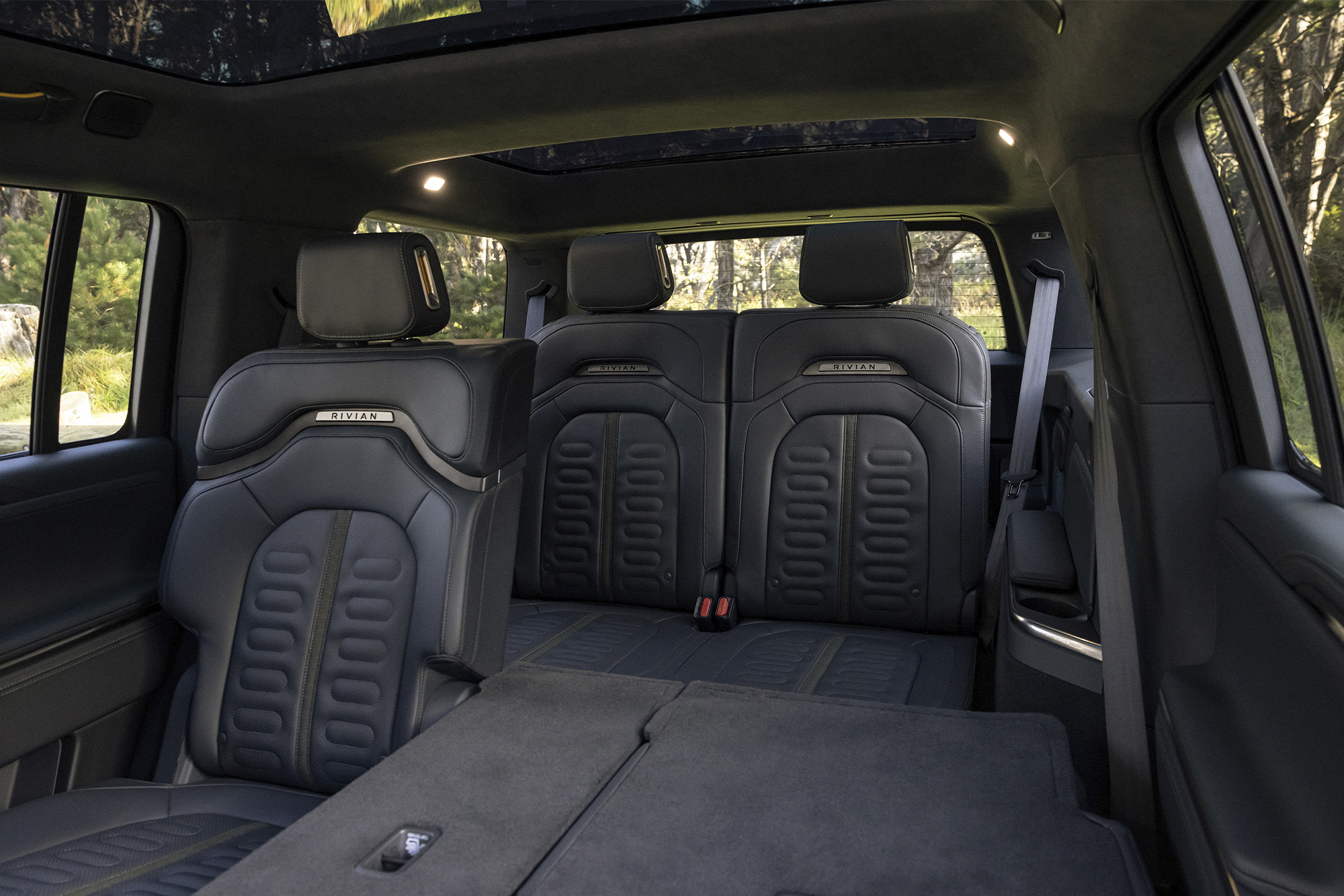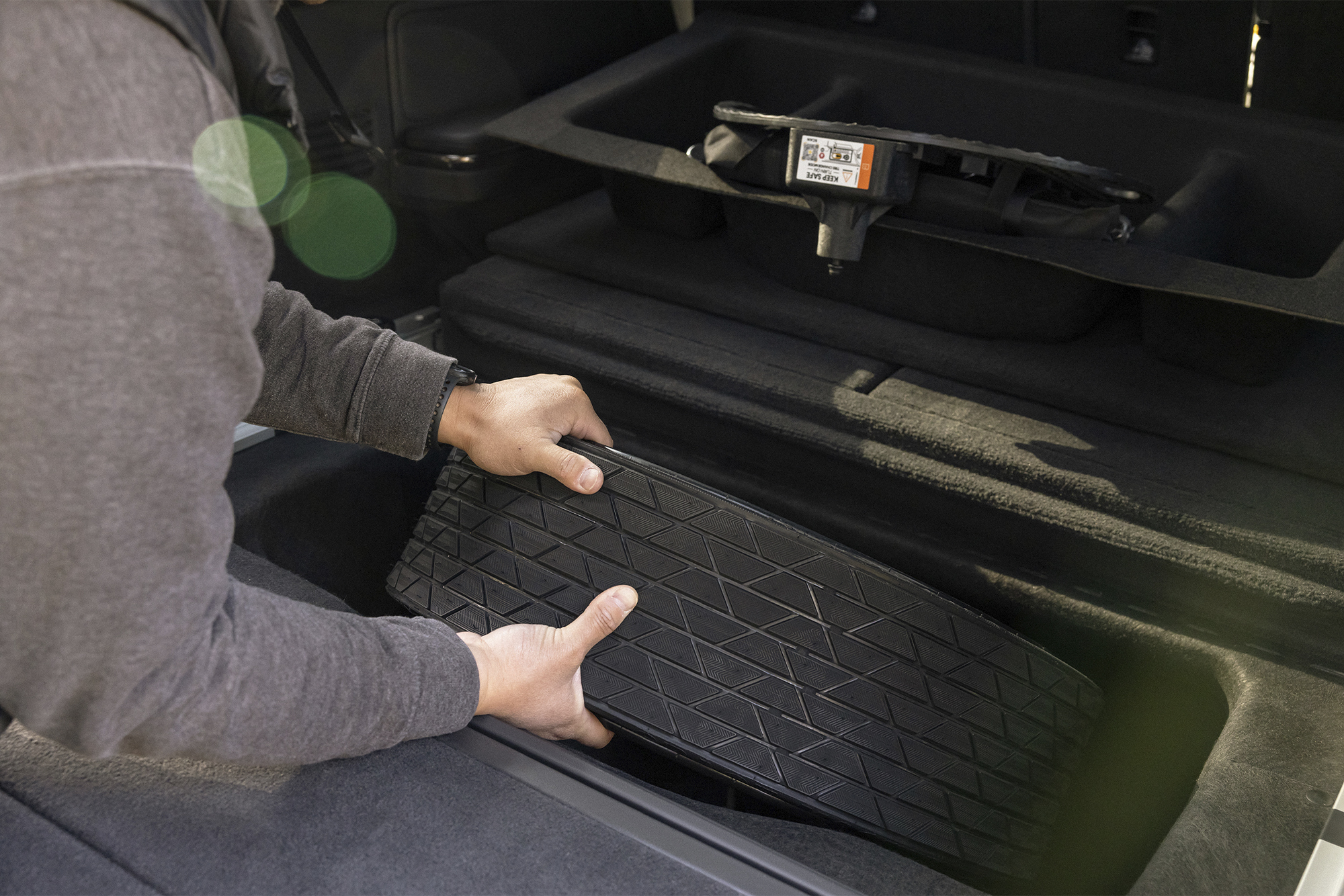SHARP Drives: Life With the Rivian R1S
Five years is a long time to wait for a new car, but that’s roughly how long the first customers in Ontario waited to take delivery of their quad-motor Rivian R1S electric SUVs. The obvious question is: was it worth the wait?
After living with an R1S for a week, we’d probably say that yes — it was worth it. But, there are some hefty caveats. Like we said, five years is a long time to wait; the game has moved on considerably since the Rivian R1S was first unveiled. Not only that, but the newly-unveiled Rivian R2 and R3 might tempt some buyers away from the mighty R1.

First, A Note About Prices
Customers who pre-ordered and configured their Rivian R1S in 2022 (or earlier) are getting a significantly cheaper vehicle than anyone walking into one of Rivian’s lovely Spaces and buying it today. The price difference can be $20,000 or more in some cases. At the pre-order prices, the Rivian R1S made sense. Today, with a starting price in Canada of $112,500, even the basic R1S must compete head-to-head against the likes of Range Rover.
Nothing Basic About the R1S
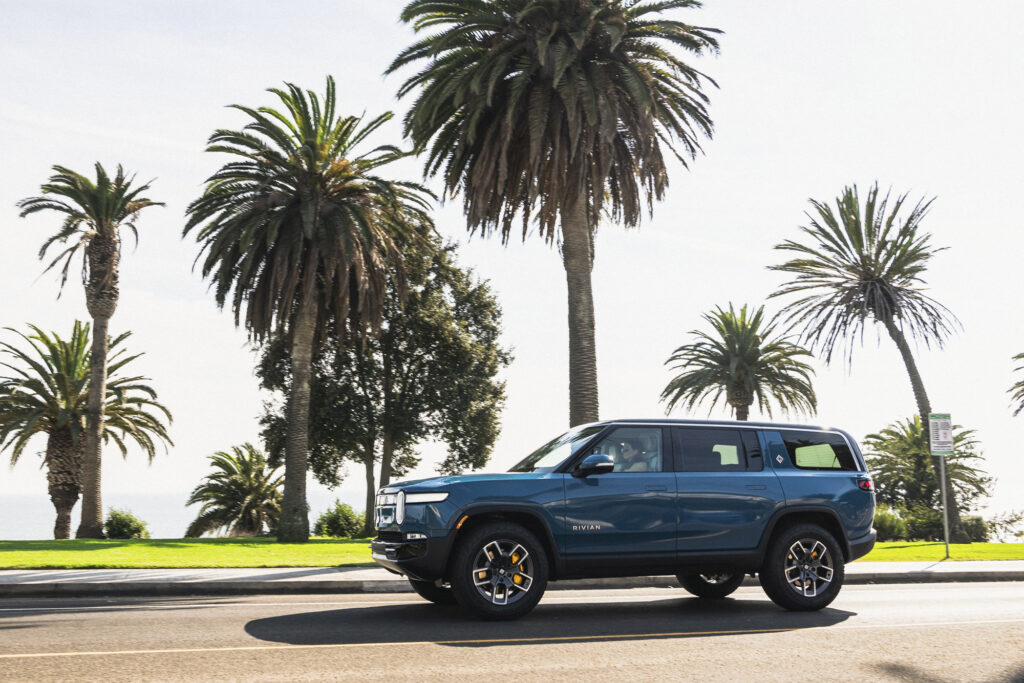
There’s nothing basic about the entry-level R1S. It’s a dual-motor behemoth with 533 horsepower that can sprint to 100 km/h in 4.6 seconds. Estimated range is 566 kilometres. With the optional $29,500 Max pack battery, you’re looking at 643 km on a single charge.
Our test car, however, was the fully-loaded quad-motor R1S. It’s packing 835 horsepower and 908 lb-ft of torque and will zip to 100 km/h in as little as 3.1 seconds. Range is an estimated 516 km, but our test car was also fitted with the optional All-Terrain pack. The knobbly tires bring the range down to 440 km. The price? North of $145,000. Yikes.
Faster Than the Numbers
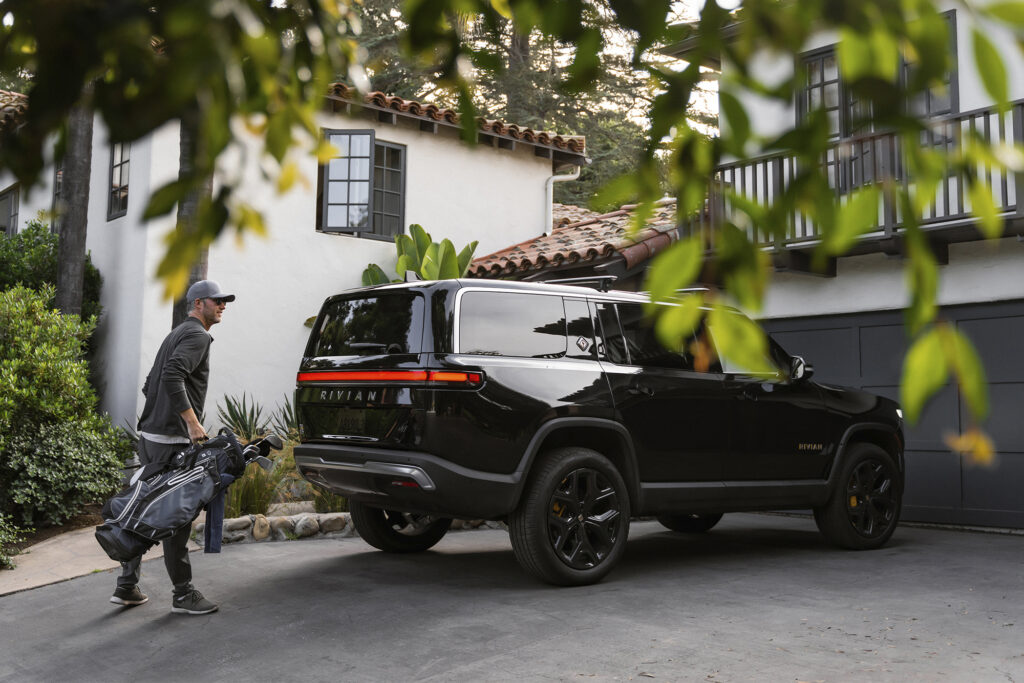
Those numbers are all very large, but after driving the Rivian we can confidently say they don’t do this thing justice. For one thing, the acceleration feels so much faster than the number’ssuggest because of this vehicle’s sheer size. You sit up so high and look out at a flat expanse of hood. It feels like you’re piloting a container ship, except somehow it goes like lightning. The disconnect is unnerving at first.
We drive a lot of very fast supercars and EVs here at SHARP, but the quad-motor R1S was the first one that really felt too fast to use. The size and weight of this thing meant it was impossible to unleash its full power in daily driving.
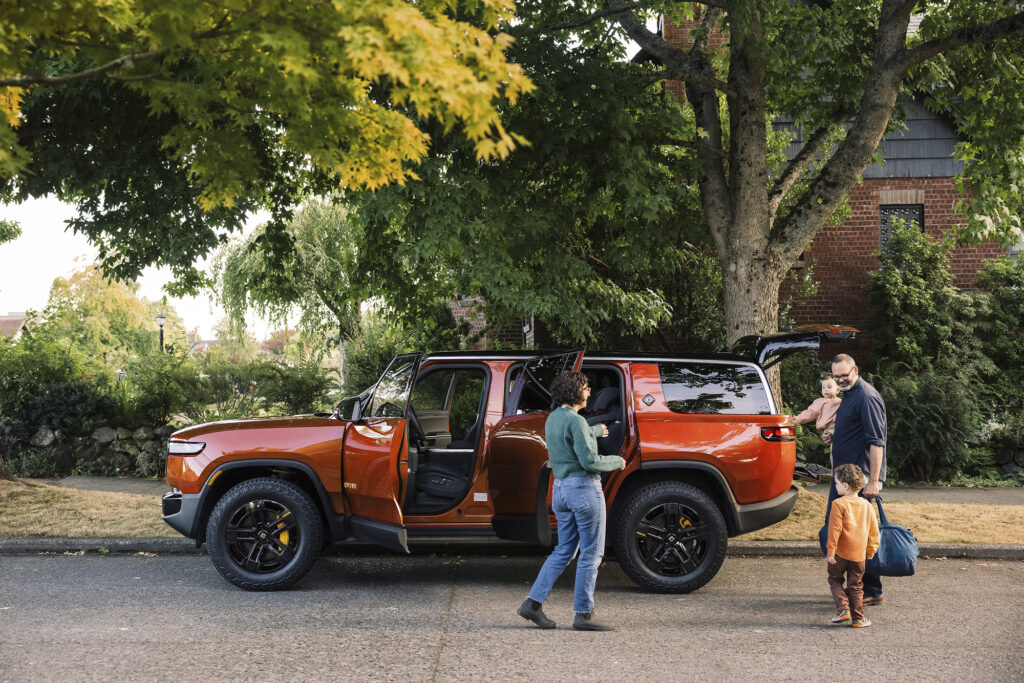
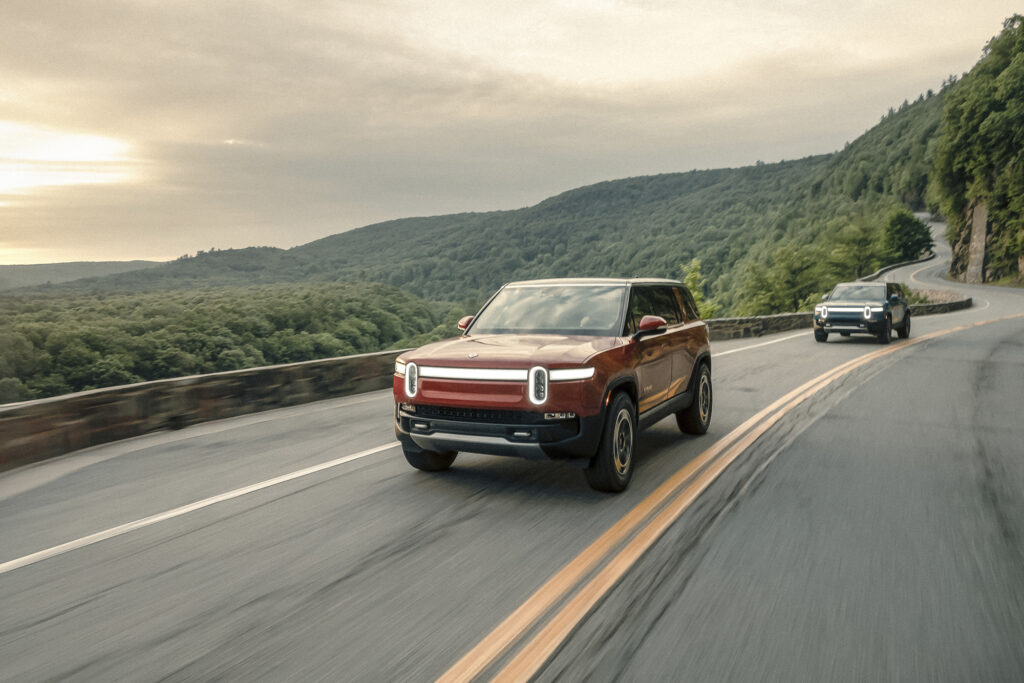
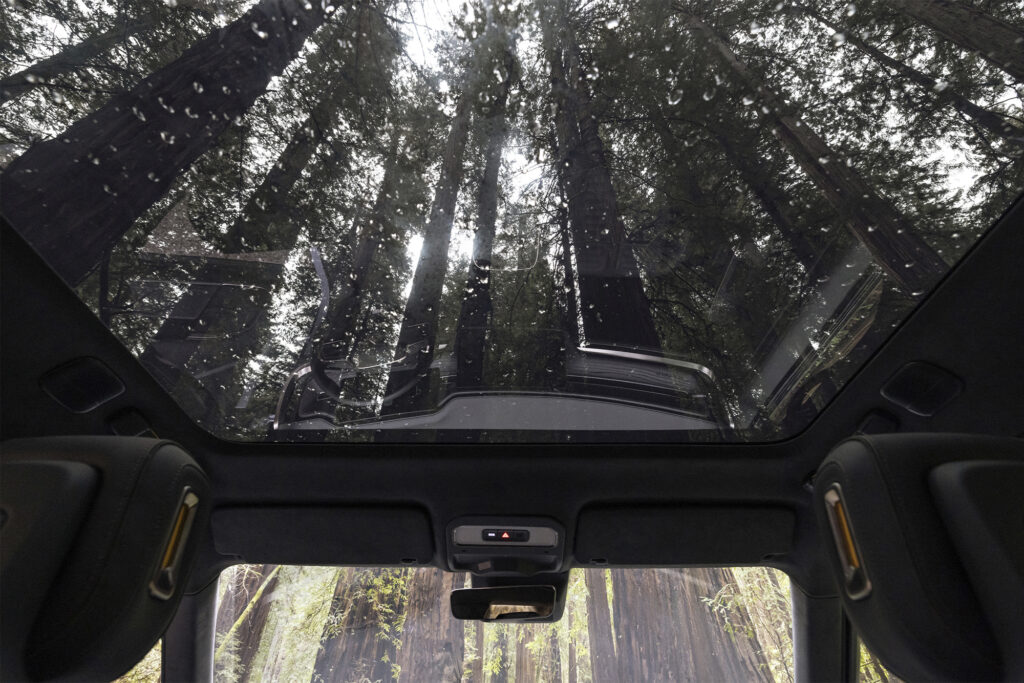
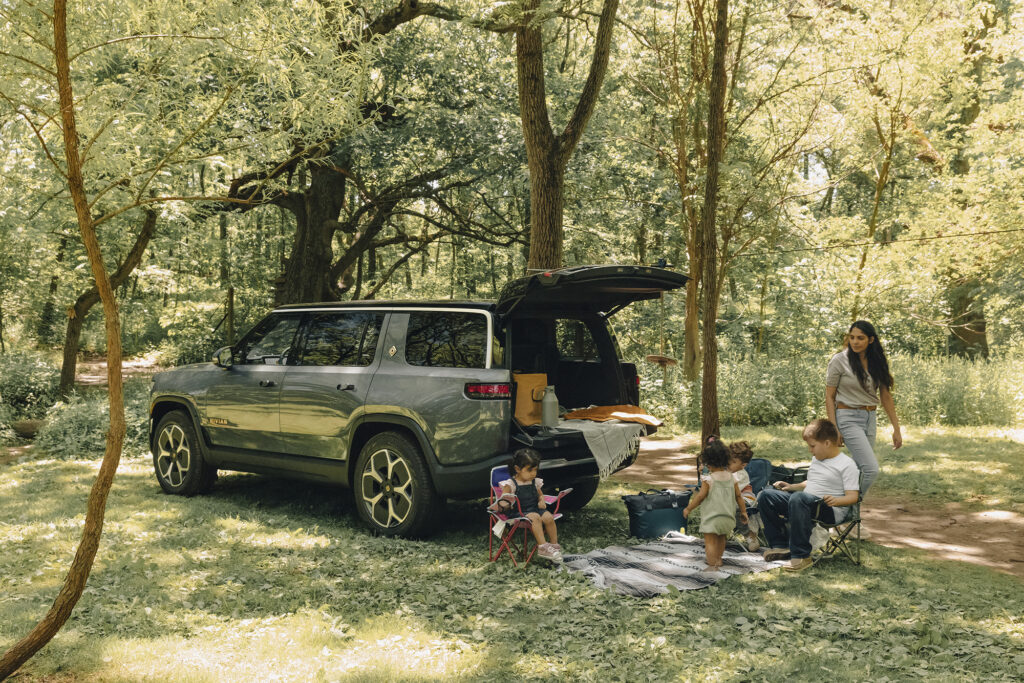
Given that the R1S weighs over 3,000 kilograms, it rides well over bigger bumps and potholes. Drivers can thank the McLaren-style hydraulically cross-linked dampers for that. Unfortunately, the ride over smaller ruts and ridges in the pavement isn’t so wonderful. Too much of the road gets filtered up into cabin. (Although, that may partly be because of the knobbly off-road tires fitted to our test car.)
We’d Go for Less Power, More Range
Who is Rivian kidding here? The R1S is a luxurious, three-row family hauler. It’s not a supercar. As such, we’d suggest most buyers opt for the 533 hp dual-motor R1S, perhaps with an upgraded battery-pack depending on how much range you want. The quad-motor system is very cool. It works some nifty magic to make the car feel rear-driven with a whiff of oversteer coming out of corners in sport mode; but still, this thing isn’t exactly agile and 835 hp is simply unusable in such a gigantic machine.
A Gorpcore Aesthetic
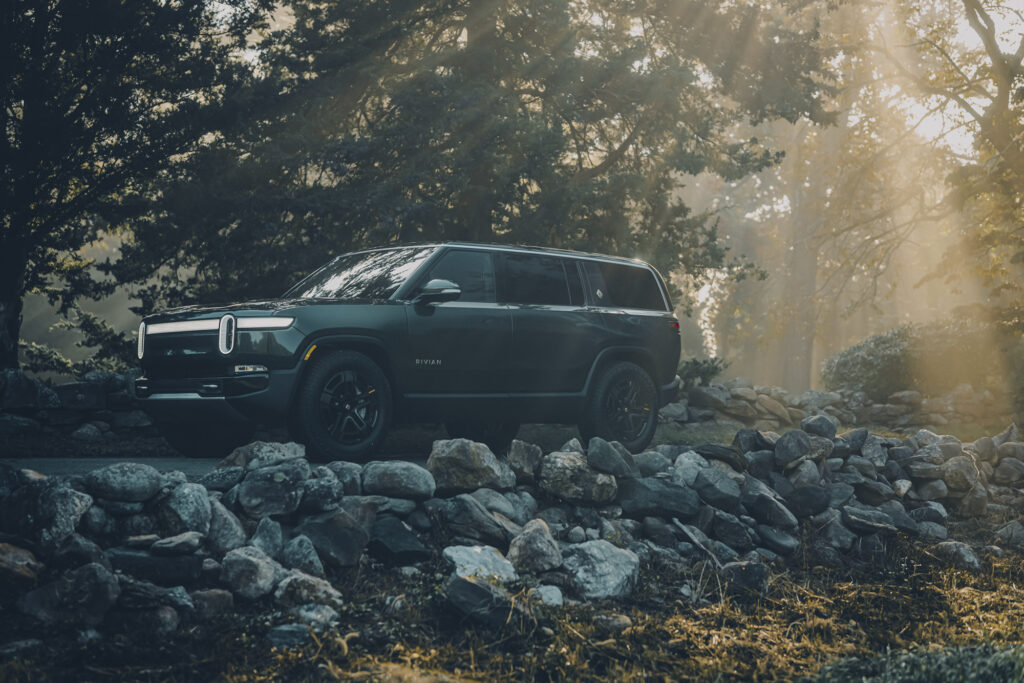
The cabin’s beautifully clean design and thoughtful details will be enough to sell some customers. The vibe is warm and earthy, not cold and minimal like a Tesla. We’re not even kidding when we tell you the turn-signal sound is a blend of a wolf’s howl and knocking on wood. The chirp-chirp sound the car makes when locked remotely from the keyfob? Yeah, that’s actually a mountain bluebird recorded live in Yellowstone National Park. Even the keyfob feels great.
The amount of storage space between the front trunk, rear cargo hold and passenger compartment is enormous. A family ski weekend with all the gear will fit, no problem. There’s even room left to bring the dog along for the ride.
Teething Issues
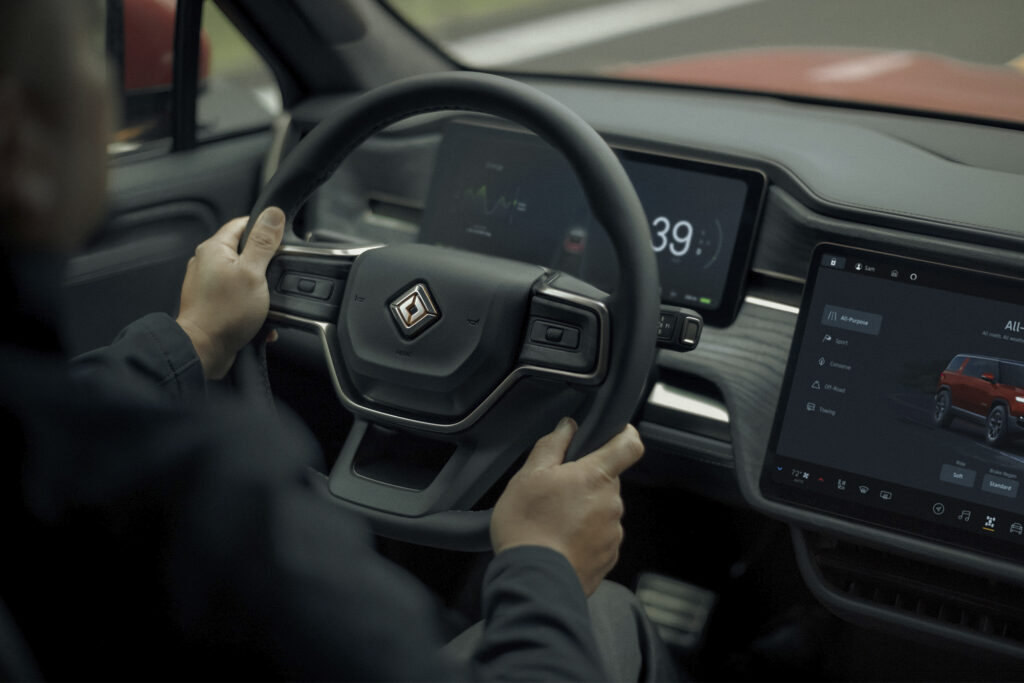
For a new car from a new car brand, the U.S.-built Rivian is remarkably well put together. (It puts some early Tesla build-quality to shame.) That said, there were some obvious teething issues, mainly related to the in-car infotainment software. The navigation system occasionally got itself confused. There’s no Apple CarPlay or Android Auto, which some people will complain about, but we don’t mind. And come on, don’t make us adjust the air-vents on the touchscreen! More physical controls are needed.
Rivian’s Best is Yet to Come?
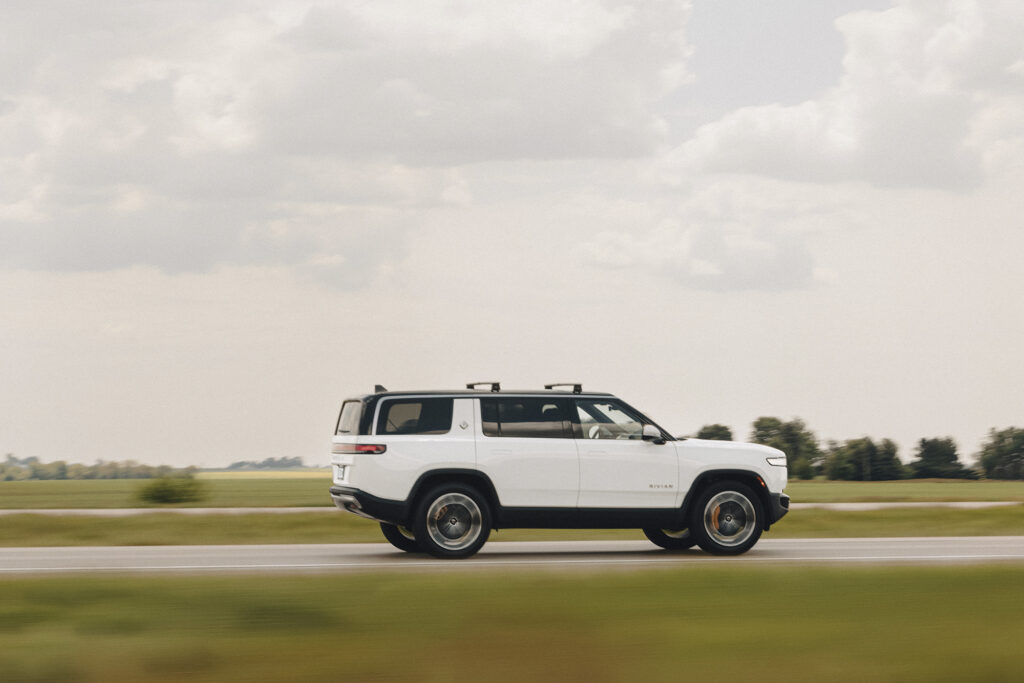
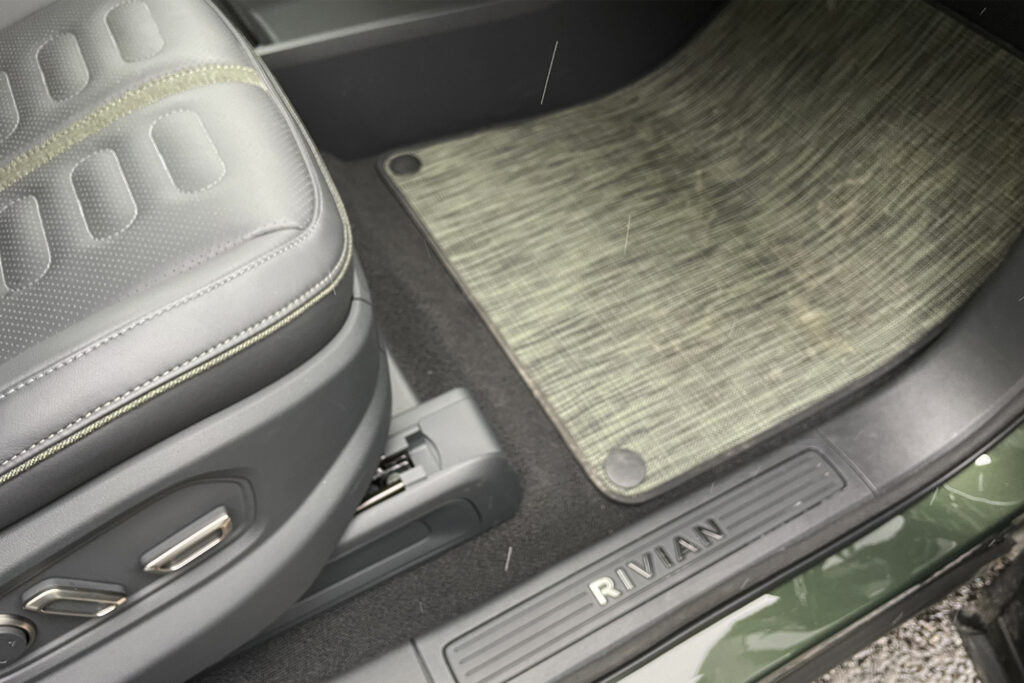
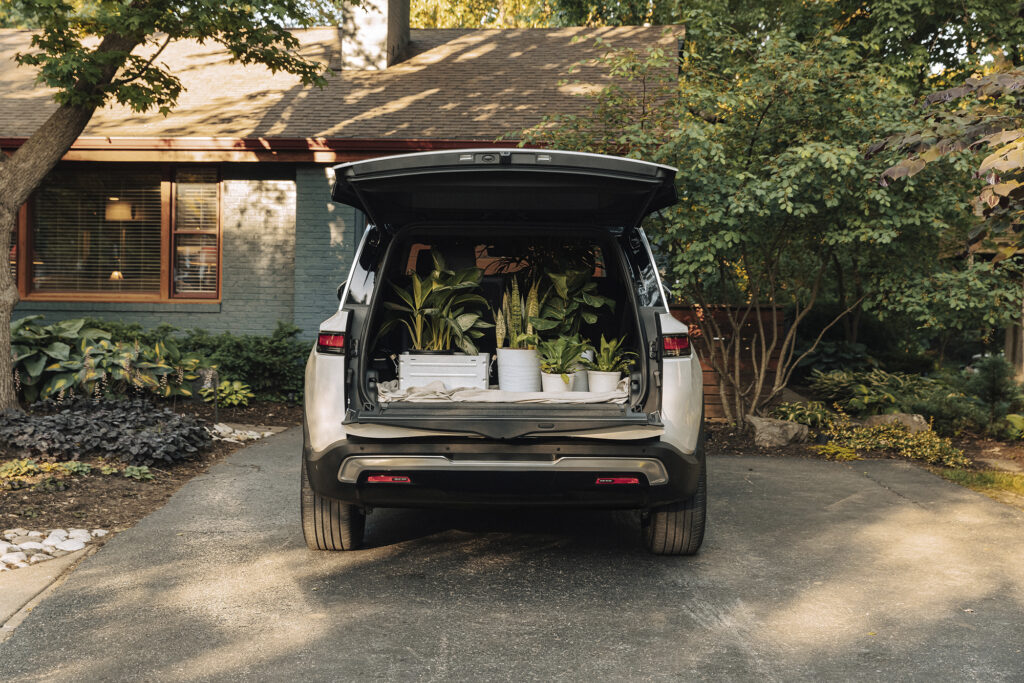
Five years ago, the Rivian’s only real competition was from its Californian rival Tesla. Today, the field is more crowded. Mercedes is soon launching an all-electric G-Class, and the arrival of Range Rover’s first EV is imminent. BMW, Audi and Mercedes all have capable electric SUVs in showrooms now too.
That said, if you want a luxurious, long-range, three-row electric SUV, the Rivian R1S should still be at the top of your shopping list.
For those who don’t need a three-row SUV, you may want to wait. Rivian just announced its next model, the R2. It only has five seats, but the R2 has the same blend of friendly and futuristic SUV looks as its larger sibling.
Best of all, it’s a whole lot less expensive. Canadian prices have yet to be announced, but it’ll start at $45,000 in the U.S. and should arrive in 2026. At that price, the R2 seems like it’d be a smarter choice for many drivers; then again, who knows how long we’ll be waiting for it to arrive.
